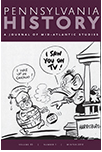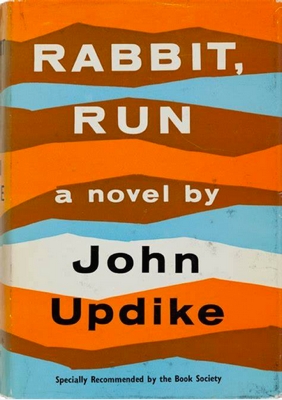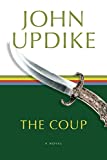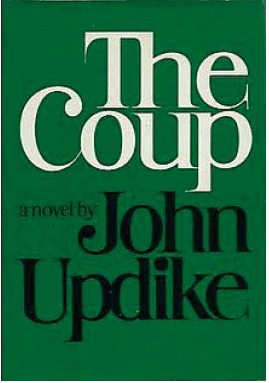Reading for a hot August? A&E Book Club recommended “two classics and a new bestseller” to read before school starts in order to get you back in an academic frame of mind:
Hamnet, by Maggie O’Farrell—a fictional narrative about Shakespeare and his wife Anne Hathaway and the death of their son, Hamnet. The 2020 novel won the Women’s Prize for Fiction and was a Sunday Times #1 bestseller. Writer Kennedy Moore noted, “With a simple but pristine writing style, O’Farrell approaches this story through a feminine perspective, focusing on the often overlooked figure of Shakespeare’s wife, Anne Hathaway—or Agnes, as she is called in the novel. . . . Given the ubiquitous influence of Shakespeare’s plays on modern literature and film, writing anything compelling and original about the playwright or his works is challenging. However, O’Farrell has managed to pull it off in this novel.”
A Prayer for Owen Meany, by John Irving—from the author of The World According to Garp and The Cider House Rules. “Irving uses a surreal writing style to underscore a mystical plot and paint a nostalgic picture of childhood innocence. Beneath this nostalgia, Irving dives deep into politics and religion, two ever-present factors of American life. . . . Irving portrays spiritual characters and miraculous events while maintaining a modern liberal viewpoint.
Rabbit Run, by John Updike. “Harry ‘Rabbit’ Angstrom is an average middle-class American from a small city in Pennsylvania. He was a high school basketball star, but after a surprise pregnancy and a shotgun wedding, he finds himself in a dead-end job in the town where he grew up. One day Rabbit gets in the car and decides to leave this world behind, wife and children included.
“John Updike’s Rabbit series tracks this fictional character from his early twenties to the end of his life. Updike wrote the Pulitzer Prize-winning series over four decades, authoring Rabbit, Run in 1960, Rabbit Redux in 1971, Rabbit is Rich in 1980 and Rabbit at Rest in 1990. The series is especially relevant today as shifting gender roles, the introduction of the birth control pill, abortion and American conceptions of sexual morality lie at the heart of the story. Rabbit, Run is the most gripping of the four novels and will especially resonate with men in their twenties. Not quite a coming-of-age story, this novel is about a man who feels trapped by his impending career, marriage and commitments.
“Reminiscent of Earnest Hemingway, Updike’s writing is not mystical or surreal but offers gritty snapshots of the world as it actually is. The sheer volume of the series adds to the payoff for the reader. By the end of the four novels, the reader knows each character like an old friend and, like the summer, is sad to leave them behind.”











